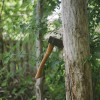Dancing is an alternative type of exercise in keeping the body healthy. Like any other type of activities or exercises, dancing also exerts energy through numerous amounts of movement. The movements that are required during dancing makes the various muscles continuously contracting and releasing. The research about the history of dance, types of dance, and the way each type of dance affect body movement and flexibility will help a person understand more about the human body.
The human body contains many different muscle groups that are useful for movement when a person dances. These different types of dance and dance styles affect the muscles in one’s body because of the flexibility and strengths that would either increase or lessen a dancer’s movement. If the flexibility of a dancer is weak, then it would be more difficult to accomplish a higher technique in dance. For example, types of dance forms like jazz, ballet, and hip-hop, require a certain extension of the arms and legs which involve the muscles in the body to be strong and flexible.
Table of Contents
Most Popular Types Of Dance
Below are some of the popular types of dances you should know.
1. Samba – Brazil

Samba is a Latin dance style that is Brazilian in origin. There are different types of dance forms of Samba dancing that are performed to Latin music of the same name.
Some Samba styles are for individuals while others are for couples. The speed of the samba dance varies depending on the music and the style. It is one of the most popular Latin dances.
2. Tango – Argentina
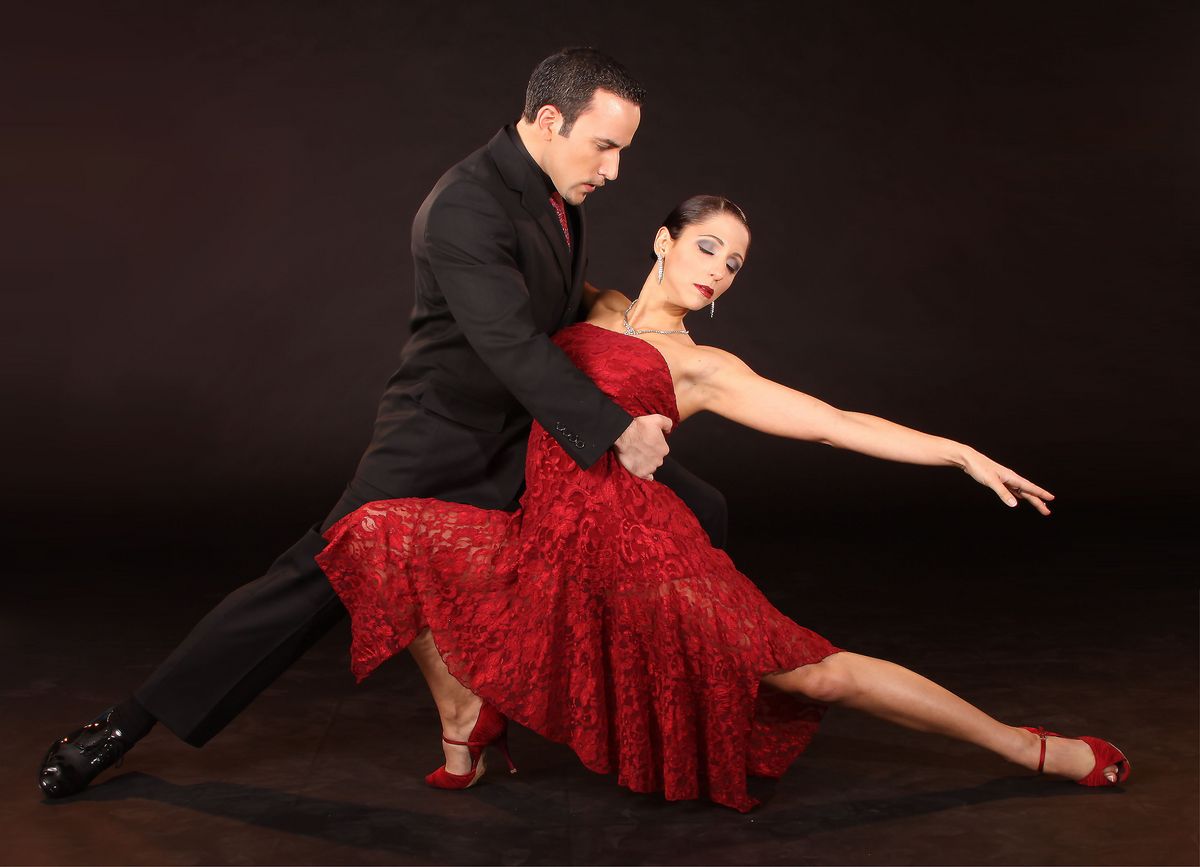
Originated in the capital of Argentina and one of the many reasons that tourists are flocking to Buenos Aires. There are neighborhoods such as La Boca that are even dedicated to the dance. From Tango shows to classes there is almost too much on offer in Buenos Aires if you are interested in Tango.
Many tourists also pay frequent visits to La Catedral off Avenida Corrientes, as this is one of the main haunting grounds for Tango enthusiasts and budding tango learners. But regardless of whether you come to Buenos Aires to learn or just to watch The Tango, you will not be left disappointed.
3. Mambo – Cuba

The Mambo dance style originated in Cuba, and its signature movement is a three-beat step while moving forward and backward and shifting weight from foot to foot. The hip-swaying action when shifting weight between the feet is the Mambo’s most recognizable move.
While it is basically a couple’s dance, the Mambo also appears in everything from line dancing to group and individual dancing.
4. Hip-hop and Funk dance – America
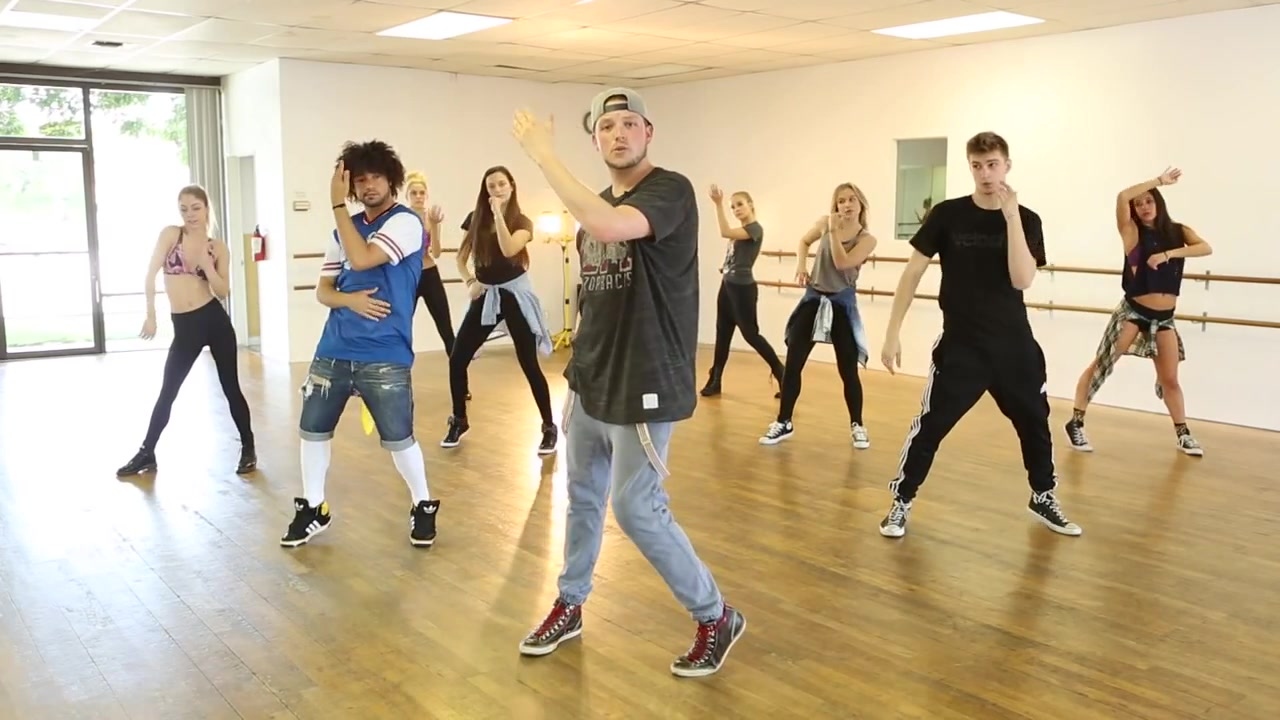
This dancing style evolved from the music style which was introduced during the 1970s. This was powered by the great popularity, and exposures in television, movies, and media.
Funk style, on the other hand, was also created in the same year. Today, it is considered one of the most prominent pieces of hip-hop dance styles.
5. Belly Dancing – Middle Eastern Countries

Belly dancing is great for balance and posture. This dance strengthens the back and the muscles of the pelvic floor. It gives a great workout toning the abdominal flab, hamstrings, thighs, abs and hips.
It is a great place to start for beginners because of the relatively slow moves. However, dance moves can be faster and more aerobic as you advance along the class, giving you a full body workout.
6. Pole Dancing – Oregon

Gone are the days when the mention of pole dancing would bring a smirk from the men and cause ladies to blush. Pole dancing has moved out of the strip clubs and in your local dance school. And this new fitness craze is not for the unfit. Good upper body and core strength is the key to success on the pole. Imagine: you are supporting most of your weight on only one arm as you try to propel yourself into a move or two.
The weaker ones, though, might want to opt for lap dancing which is equally good for toning the lower body. While there is one dance class that your partner would eagerly sign up for, he can certainly sit out on this one, pun intended. Ladies practice on empty chairs.
7. Salsa – Caribbean
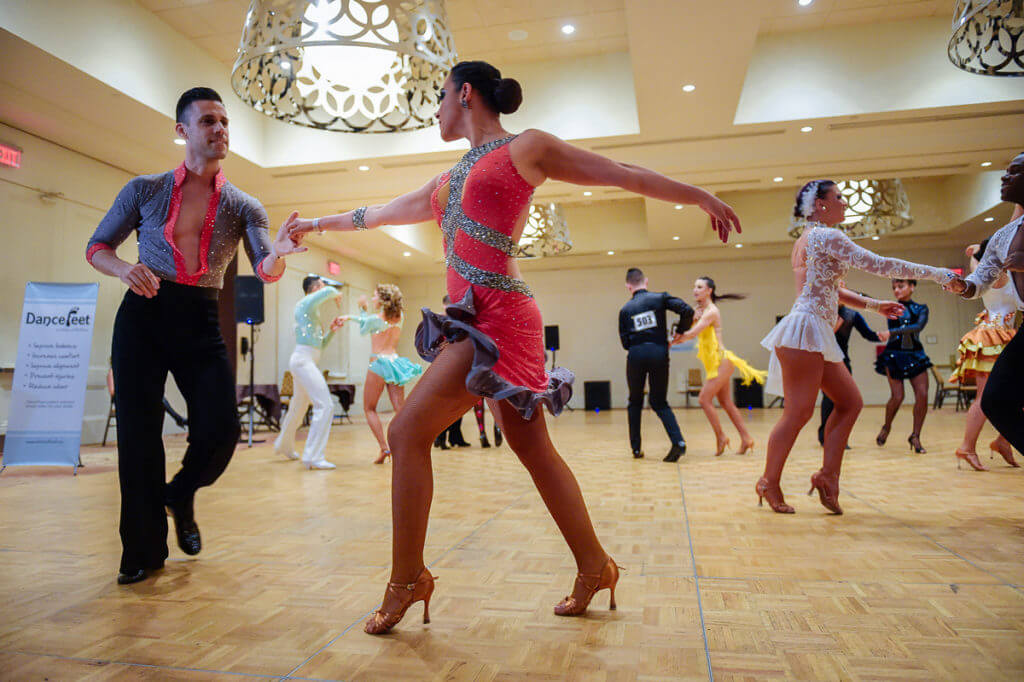
Salsa originated in the Caribbean, but it has a strong African influence. This is a couple’s dance centered on a four-beat combination of two quick steps followed by a slow step with a pause or tap.
The dancing partners add turns and flourishes to the footwork creating a fun dancing experience. The popularity of the dance style is evident in many parts of the world.
8. Merengue – Dominican Republic

Merengue is the official Dominican dance, and it is a style that is considered quite easy to learn. This style follows basic front, back and side movements and the dancers step onto the inside part of the foot before rolling the foot to transfer the weight and then dragging the other foot to the first one.
Learning the basic technique is quite simple, and you can pick it up easily by watching other dancers.
9. Cha Cha Cha – Cuba
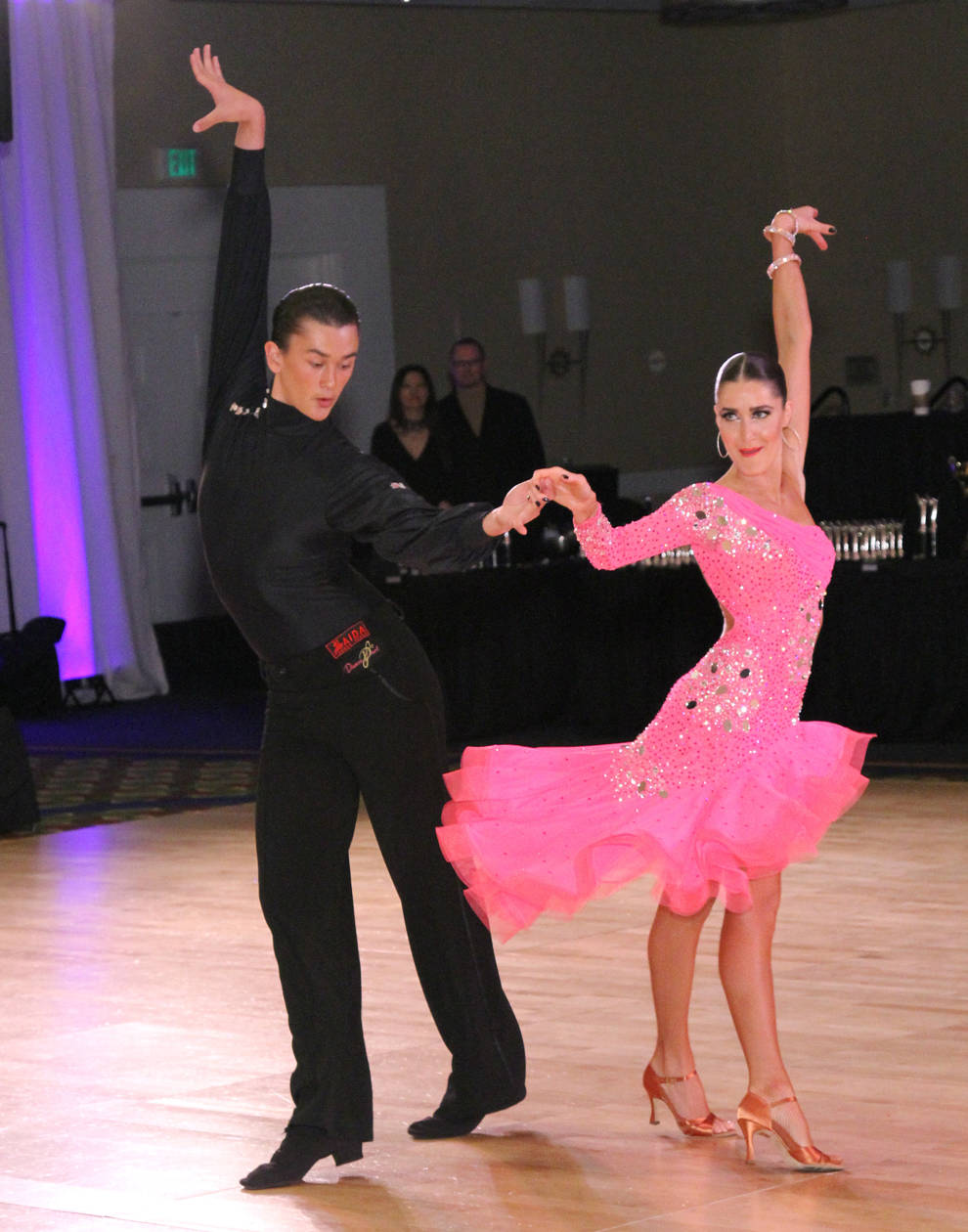
The Cha Cha Cha is one of the most popular Latin dance styles. Also called the Cha Cha, this Cuban-born dance style is very similar to the Mambo.
The difference comes in when after the basic stepping forward or backward movement while shifting weight between the feet, dancers add a quick three-step set. The steps give the dance the “Cha cha cha” name that the dancers use to count these steps.
10. Bachata – Dominican Republic

This dance style originated from the Dominican Republic. Named after music made by the Bachata guitar, the dance is a ‘three step and pause’ dance style where the dancers move from side to side following a four-beat pattern.
Dancers use pronounced hip movements, and the style is more about moving your body with style than simply moving back and forth.
Others
There are many other types of dance that are quite famous, one being Rumba.
Rumba – Cuba

The Rumba has its origins in Cuba, and it consists of two quick steps followed by a third slower step. The movement takes two beats to execute, and dancers move in a box-like pattern to guide their steps.
While the Rumba was originally about quick movements, ballroom Rumba or the Latin dancing most common today emphasizes slow steps that focus on the hip movements.
Conclusion
Many dance forms are wonderfully relaxing. Whatever forms you fancy – from Bollywood routines to hip-hop moves to graceful ballet – dance is an easy and pleasant way for people of all ages or with physical abilities to get and stay in shape. If you are scared of having two left feet, just dance around the house. Otherwise, enroll in a dance class or join a dance club that meets regularly at different places. Ultimately, it is a great social activity for friends and strangers alike.


